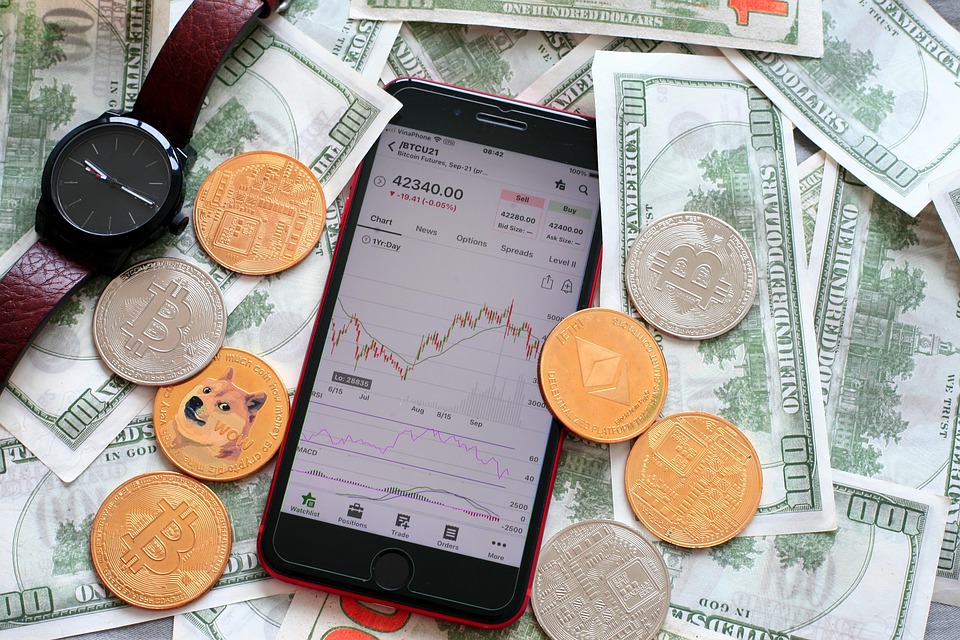The Impact of Trading Fees on Your Investment Returns at TD Direct Investing
Investing in the stock market can be a rewarding endeavor, but it is essential to understand the various factors that can influence your overall returns. One of the most significant yet often overlooked aspects of investing is trading fees. At TD Direct Investing, like many other brokerage platforms, trading fees can have a substantial impact on your investment returns. This article explores how these fees work, their implications for your portfolio, and strategies to mitigate their effects.
Understanding Trading Fees
Trading fees are charges that investors incur when buying or selling securities. At TD Direct Investing, these fees can vary based on the type of account you hold, the volume of trades you execute, and the specific securities you are trading. Common types of fees include:
– **Commission Fees**: A flat fee charged per trade, which can vary based on the type of investment (stocks, ETFs, options, etc.).
– **Management Fees**: Ongoing fees associated with managed accounts or mutual funds.
– **Account Maintenance Fees**: Charges for maintaining your investment account, which may apply if certain conditions are not met.
Understanding these fees is crucial, as they can eat into your profits and affect your overall investment strategy.
The Cumulative Effect of Trading Fees
One of the most significant impacts of trading fees is their cumulative effect over time. Even a small fee can add up, especially for active traders who execute multiple trades in a short period. For instance, if you pay a $10 commission on each trade and make 100 trades a year, that amounts to $1,000 in fees. If your investment returns are only 5% annually, those fees could significantly reduce your net gains.
Moreover, the frequency of trading can exacerbate this issue. Frequent trading not only incurs more fees but can also lead to poor investment decisions driven by short-term market fluctuations. This behavior can hinder long-term growth, as the focus shifts from building a robust portfolio to minimizing trading costs.
Strategies to Minimize Trading Fees
While trading fees are an unavoidable aspect of investing, there are several strategies you can employ to minimize their impact on your returns at TD Direct Investing:
1. **Choose the Right Account Type**: Depending on your investment style, selecting the appropriate account type can help reduce fees. For example, if you are a long-term investor, consider a self-directed account with lower commission rates.
2. **Limit Trading Frequency**: Adopt a buy-and-hold strategy to minimize the number of trades you execute. This approach not only reduces fees but also allows you to benefit from the compounding effect of long-term investments.
3. **Utilize Commission-Free Products**: TD Direct Investing offers a range of commission-free ETFs and other investment products. By incorporating these into your portfolio, you can reduce trading costs significantly.
4. **Plan Your Trades**: Instead of making impulsive trades, plan your investment strategy carefully. This can help you avoid unnecessary transactions and the associated fees.
5. **Monitor Your Portfolio**: Regularly review your investments to ensure they align with your long-term goals. This can help you make informed decisions about when to buy or sell, potentially reducing the number of trades you make.
Conclusion
Trading fees can have a profound impact on your investment returns at TD Direct Investing. By understanding how these fees work and implementing strategies to minimize their effects, you can enhance your overall investment performance. Remember, the key to successful investing lies not only in selecting the right securities but also in managing the costs associated with trading. By being mindful of trading fees, you can maximize your returns and work towards achieving your financial goals.




